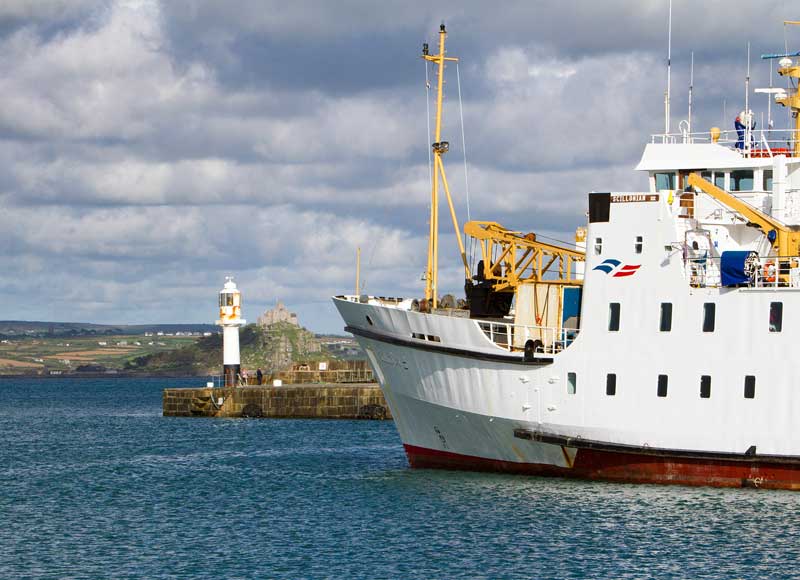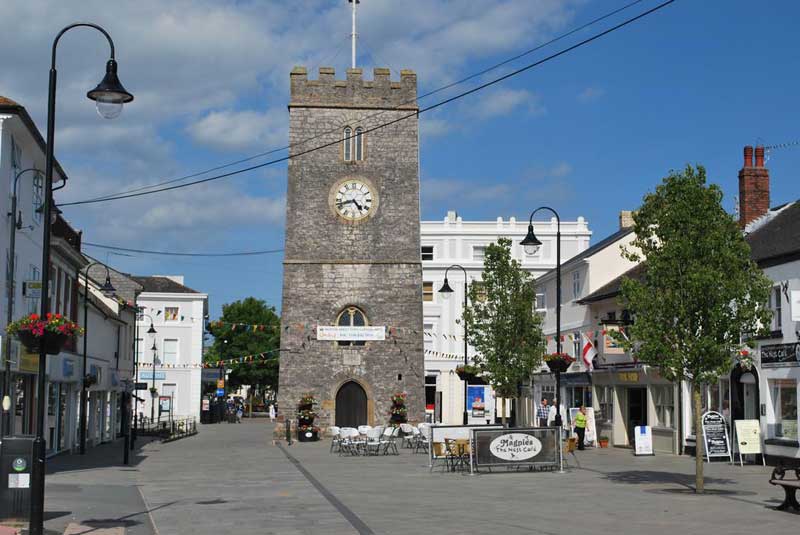Exeter to Penzance

Penzance
Containing arguably the finest stretch of coastal mainline railway in Britain, the journey west from Devon's capital begins with the glorious stretch along the seawall through Dawlish and Teignmouth. After the deep, wooded valleys of the South Hams, there are views across the flanks of Dartmoor before a succession of panoramas from lofty viaducts engineered by Brunel. The crossing of the Tamar by Royal Albert Bridge marks the entrance to Cornwall. St Michael's Mount is a fitting climax.
Travel Times
Exeter to Penzance: 2 hrs 47 mins to 4 hrs 20 mins
Plan and Book:


The South Devon Main Line
The Exeter to Plymouth line, also called the South Devon Main Line, is a central part of the trunk railway line between London Paddington and Penzance in the southern United Kingdom. It is a major branch of the Great Western Main Line and runs from Exeter, to Plymouth, from where it continues as the Cornish Main Line. It was one of the principal routes of the Great Western Railway which in 1948 became part of the Western Region of British Railways and are now part of the Network Rail system.
Communities served: Exeter - Starcross (and Exmouth via a seasonal ferry service) - Dawlish Warren - Dawlish - Teignmouth - Newton Abbot
On leaving Exeter St Davids the line to Exeter Central climbs away on the left passing the Panel Signal Box by the entrance to the Exeter TMD where local Great Western Railway DMUs are maintained. The old South Devon Railway main line, crosses the River Exe and a parallel flood relief channel, and then passes above the suburbs of Exeter along a stone viaduct on which is situated Exeter St Thomas railway station. On the left a short line went down to the Exeter Canal at City Basin; on the right a longer branch ran to Heathfield on the Newton Abbot to Moretonhampstead branch.
The line crosses marshes as it runs alongside the canal and river, passing the site of Exminster railway station, with a George Hennet station house on the right. A square pond to the left of the line is the site of Turf engine house. This stretch of the line used to have long water troughs between the rails from which steam locomotives could refill their water tanks without stopping.
From Powderham Castle the railway is right alongside the river; on the right of the line is the castle's deer park, while on the left, across the river, trains on the Avocet Line run near Lympstone Commando. The line now enters the village of Starcross beyond which is the pier for the Exmouth to Starcross Ferry and, on the right, the old Starcross engine house. A little further along the river the railway crosses the mouth of Cockwood harbour. Near the shipwreck here on the left was the 392 metres long Exe Bight Pier, in use from 1869 for about ten years. The railway line opens out into four lines at Dawlish Warren railway station, where the platforms are alongside loop lines that allow fast trains to overtake stopping services.
Dawlish
Dwalish is a pristine seaside resort in the true Victorian tradition of railway, buckets and spades and a promenade. This town is a unique take on the traditional beach holiday, with a real community feel to the town and all the traditional excitement of the sand and the sea. Dawlishis notabe for its long sandy beach, which provides the perfect way to spend a summer's day swimming, exploring rock pools or boating. The town has plenty of interesting shops and a pleasant park where you can see the famous black swans of Dawlish glide sedately along the river.
Design by W3layouts



